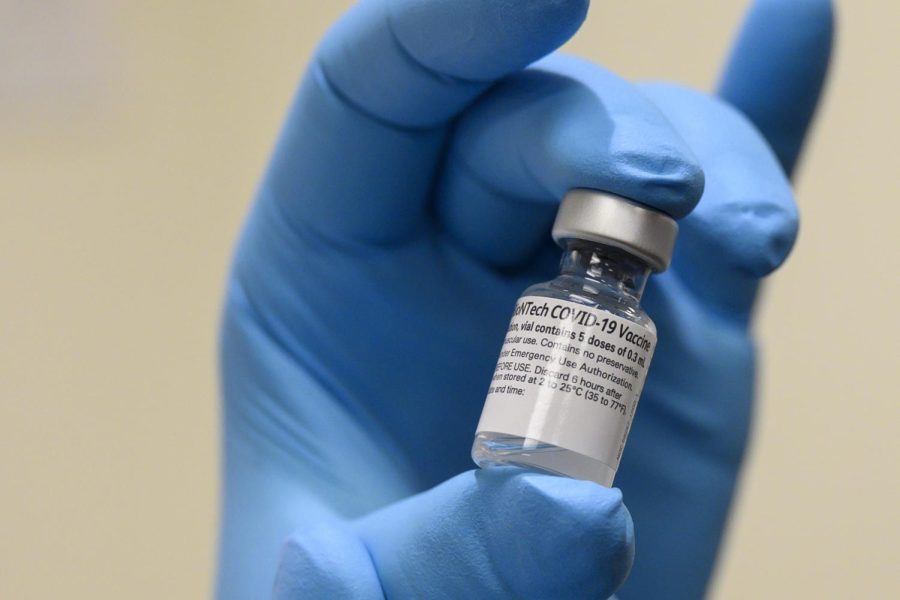Vaccine mandate no longer required for New York City workers
February 20, 2023
In the latest New York City Board of Health meeting, it was announced that COVID-19 vaccinations will no longer be required for New York City workers effective Feb. 10.
New York City Mayor Eric Adams emphasized the public had done its part and as a result, some restrictions will attenuate. More than 96% of city workers and 80% of New Yorkers have received their first dose of the COVID-19 vaccine.
“This is the right moment for this decision,” Adams said.
The city will also terminate the mandatefor nonpublic schools, early child care and daycare employees. Visitors that enter the New York City Department of Education school buildings will no longer be required to provide their COVID-19 vaccination cards.
A private employer vaccine mandate was enforced on October 2021, in an attempt to increase vaccination rates across the city. In due course, this mandate gave rise to several lawsuits alongside thousands of workers being fired for not fulfilling the immunization requirement put in place.
The approximate 1,780 city workers that had lost their former occupations for not providing proof of vaccination will not be able to immediately return to their jobs. Instead, they can apply through the agency they were affiliated with and undergo a typical hiring process.
The numbers in home health care were much higher, with over 10,500 workers fired in fall of 2021 and thousands of resignations. However, many more workers received at least one dose of the vaccine correspondingly.
New York City’s health commissioner, Dr. Ashwin Vasan, has perpetually accentuated the importance of protecting those around us. The safety guidelines the NYC Department of Health and Mental Hygiene often upheld were mandate enforcement: mask-wearing and vaccination.
These methods were prominently used to fight against coronavirus during the earlier phases of the pandemic. Nevertheless, following the imposition and counsel given to the public; cases, hospitalizations and fatalities have considerably decreased in the past year.
Adams has vocalized his gratitude to city workers for making this possible, exclaiming their time and effort made a difference.
“From our health care frontline workers and first responders who saved lives, to the city employees who kept our streets clean, our schools open, and our streets safe, we owe city workers a debt of gratitude for their service during New York City’s darkest days,” Adams said.
With this overall decrease in cases and hospitalizations, the city is leaving the “emergency phase of the pandemic,” Vasan remarked.
Some argue that an abrupt cease to the mandate may result in higher infection rates across the metro region. There have been several life threatening coronavirus variants over the past few years. Since the infectious respiratory illness is likely to evolve again, it is vital that the public continues to remain cautious.
Dr. Jay Varma, director of the Cornell Center for Pandemic Prevention and Response contended that the mandate’s removal is “the wrong decision.”
Only 14% of New Yorkers have followed up with a bivalent booster. It is also evident that there are considerable racial disparities in healthcare which contribute to higher infection rates.
“Only 8 percent of Latino and Black residents have received the bivalent booster, compared with 20 percent of white and Asian residents,” The New York Times stated.
It is still too early to determine how the outcome of this initiative will unfold. It is clear, however, that government officials and health professionals are trying to get the city back on track.
“It’s clear these mandates saved lives and were absolutely necessary to meet the moment.” Vasan said.







